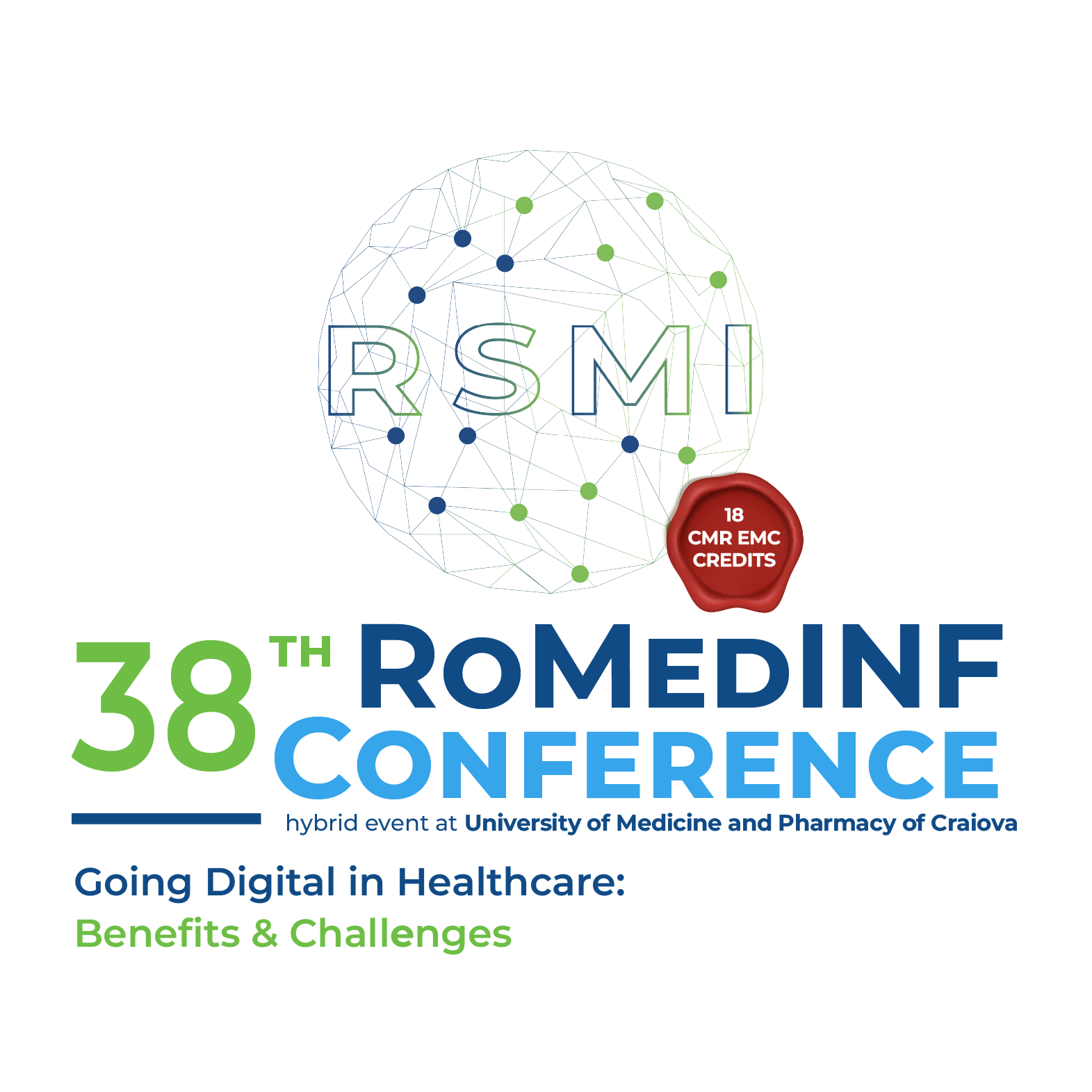Deep Learning with Transfer Learning for Automated Glaucoma Detection in Fundus Images
Keywords:
Deep Learning, Transfer Learning, Automated Diagnosis, Fundus ImagesAbstract
Glaucoma is a leading cause of irreversible blindness, making early and accurate detection essential for effective management. This study investigates the use of deep learning for automated glaucoma diagnosis using fundus images from the JustRAIGS challenge dataset, which includes 101442 gradable images spanning both referable and non-referable glaucomatous cases. Three convolutional neural networks—ResNet18, GoogLeNet, and AlexNet—were evaluated for their ability to classify glaucomatous and non-glaucomatous eyes. The dataset was divided into 80% for training and validation and 20% for testing, with 10-fold cross-validation used for performance assessment. Among the models, AlexNet achieved the highest accuracy (91.27±3.14%) and AUC (0.95±0.02), outperforming ResNet18 and GoogLeNet. These findings underscore the potential of deep learning in automated glaucoma screening, offering a scalable and efficient diagnostic solution. Future work will integrate clinical input data and explore more advanced classification networks to further enhance diagnostic accuracy and robustness.
Downloads
Published
How to Cite
Issue
Section
License
Copyright (c) 2025 Ruxandra-Mădălina FLORESCU, Dragoş-Ovidiu ALEXANDRU, Mircea-Sebastian ŞERBĂNESCU

All papers published in Applied Medical Informatics are licensed under a Creative Commons Attribution (CC BY 4.0) International License.

